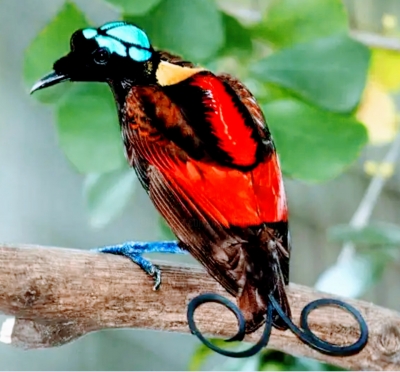
When we think of birds, we perhaps think of their resplendent colours. But did you know that not all birds are colourful? In fact, it was presumed for long that how colourful birds were depended a lot on the region they lived in. A recent study has confirmed this.
The research has shown that “tropical species of songbirds are indeed more colourful than their non-tropical counterparts”. The study analysed over 4,500 species of songbirds (also known as the passerines) globally from the collection at the UK’s Natural History Museum. Songbirds were chosen because “they represent around 60 per cent of all bird species”. The study involved cutting-edge computer technology to analyse the colours and intensity in the plumage of birds. The “colourfulness score” thus obtained for birds across the globe revealed that it “is generally highest at the Equator and decreases with increasing latitude towards the poles”. Birds in the tropics (regions of the Earth around the Equator), showed more colours than those living in other regions, north or south. Also, though in certain cases males and females look different, both are more colourful in the tropics than in other places. So, what exactly is causing this?
It is said that several factors, including climate, food, and the amount of light in their habitat, impact how colourful bird plumage is. The study showed that the most number of colourful species of birds were from rainforests and those that consumed fruits and floral nectar. “And there was also a positive association between colourfulness and the diversity of the bird communities.” The variety and population of songbird species are higher in the regions closer to the Equator than others. So the study suggests that the colourfulness could be the result of evolution for identification-“this enhanced colourfulness may help them to distinguish themselves from all the other birds in their rich tropical communities”.
Picture Credit : Google




